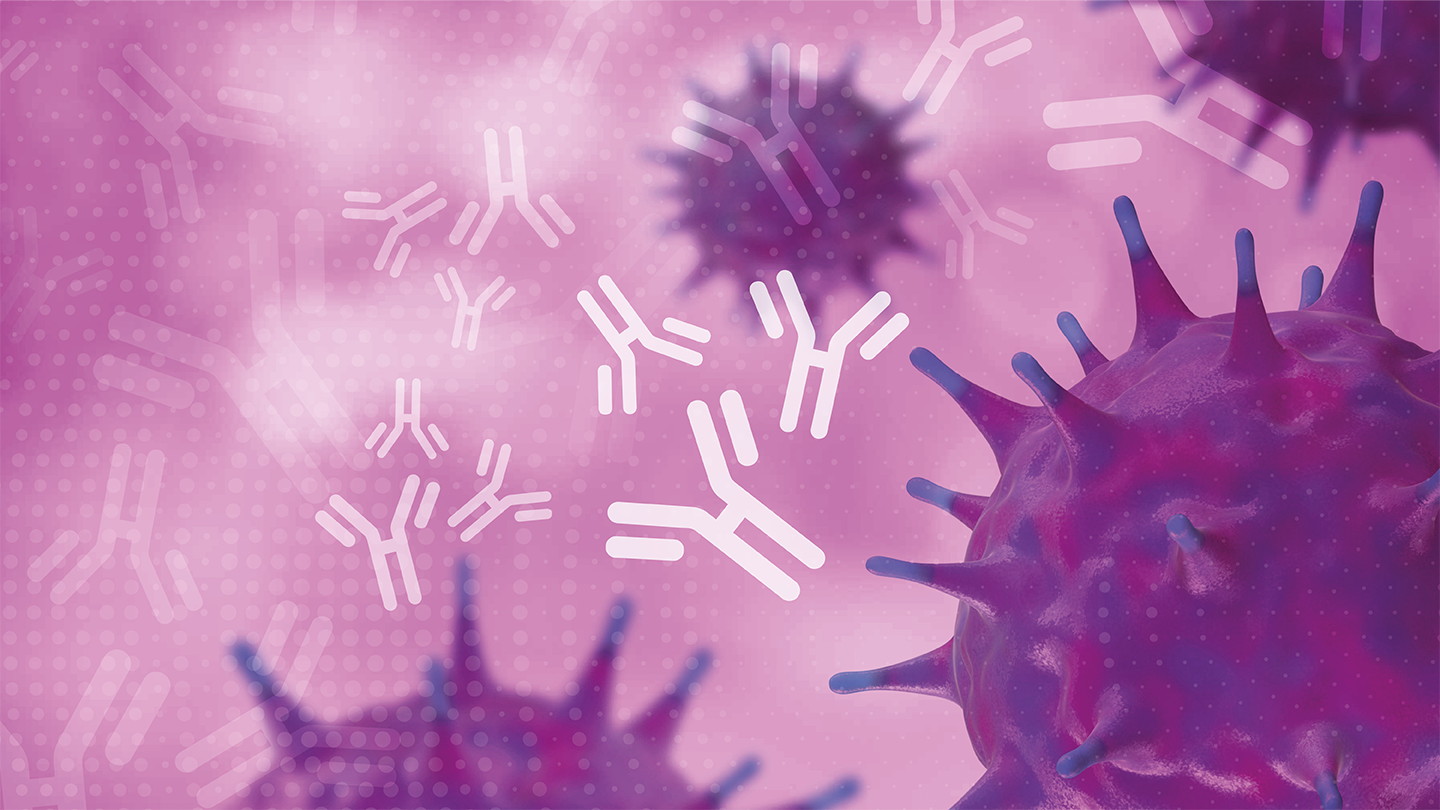What Lurks Within
Asymptomatic, Clostridioides difficile-colonized patients may pose a greater risk to themselves than to those around them in ICU
Clostridioides difficile continues to be the leading cause of nosocomial gastrointestinal disorders in the US, and prevention strategies limit themselves by underestimating asymptomatic carriers who may transmit the bacteria to other patients. Now, researchers from Rush University Medical Center in Chicago and the University of Michigan have conducted admission and daily longitudinal screening for C. difficile in ICU patients, but they found some pretty surprising results…
In the study, 9.3 percent of patients admitted to ICU tested positive for toxigenic C. difficile in at least one sample upon admission, demonstrating a high incidence of carriage; however, only one percent of patients who tested negative upon admission but acquired toxigenic C. difficile in ICU acquired it via cross-transmission. Moreover, the researchers found that, although they posed a lower risk to other ICU patients than previously thought, patients with colonized C. difficile on admission had a 24-fold risk of developing infection themselves during their hospital stay.
“Something happened to these patients that we still don’t understand to trigger the transition from [C. difficile] hanging out in the gut to the organism causing diarrhea and the other complications resulting from infection,” said Evan Snitkin (2), Associate Professor within the University of Michigan’s Division of Infectious Diseases and one of the lead researchers on the paper. The findings clearly demonstrate the need to develop measures for detecting asymptomatic carriers who may go on to develop C. difficile infection – but also demand a solution to prevent it from happening.
“We need to figure out ways to prevent patients from developing an infection when we give them tube feedings, antibiotics, proton pump inhibitors—all things which predispose people to getting an actual infection with [C. difficile] that causes damage to the intestines or worse,” said senior author Vincent B. Young (2). However, the authors also make it clear that standard prevention measures are still needed to keep the cross-transmission rate between patients low – and that the hospital’s hygiene practices were most likely responsible for the low transmission rate observed in the study.
References
A Miles-Jay et al., “Longitudinal genomic surveillance of carriage and transmission of Clostridioides difficile in an intensive care unit,” Nat Med, [Online ahead of print] (2023). PMID: 37723252.
K Malcom, “The surprising origin of a deadly hospital infection,” (2023). Available at: bit.ly/3sgbBlA.





